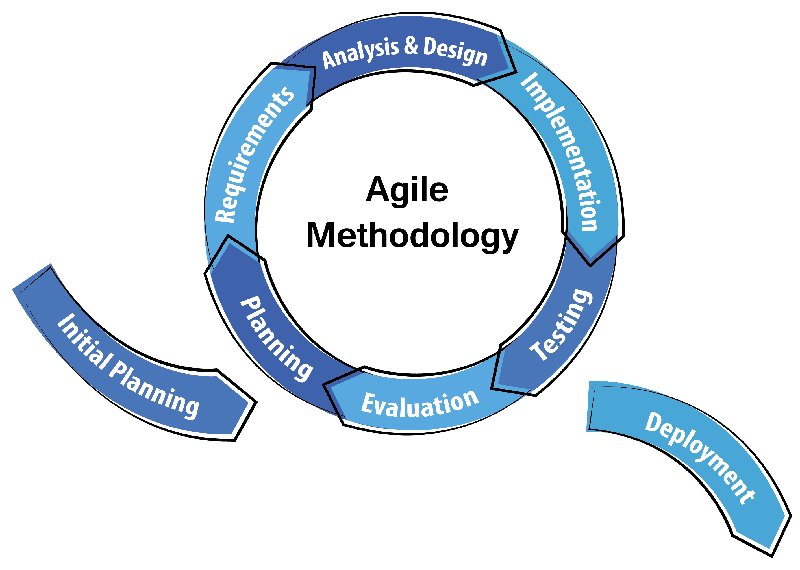How Should Your IT Department evolve to support & manage Saas?
Given the intense pace of technological change, it should come as no shock that some IT roles are undergoing a kind of metamorphosis to adapt to the new requirements of increasingly SAAS digital businesses.
Given the effects of the pandemic, IT teams had to lead the implementation of remote work for collaborators in a short space of time, taking into account that only 28% of IT respondents confirmed that their organization had a continuity plan business based on massive remote work.
The new era of SaaS
Back in the day when tin and cardboard (that is, servers and packaged software) were promoted, a delivery agreement was straightforward, where the sales executive delivered their product and passed it on to the next customer. But today, the cloud world has changed everything. There is no longer buying brass but software as a service (SaaS) offering, and this requires a different commitment to today’s customer. This lack of follow-through has changed with the SaaS delivery model because the abandonment of support could mean a substantial loss of subscriptions, customer loss, and a bad reputation in the market.
The evolution of IT
The SaaS solutions model gives priority to customer service, no matter where they are, to fulfil objectives through value chains. This is achieved by providing technical support and account administration, including a manager and an account executive. The SaaS management provider joins in as a partner that helps in assessing problems, suggesting solutions, and managing useful IT proposals.
The following are some of the roles that IT leaders should consider again and the training that could be implemented to help them move out of their old focus towards a new version that is more effective for this new digital paradigm.
Business analyst
It is time for business analysts to understand areas such as cloud computing services, mobile technologies, artificial intelligence (AI) and machine learning, software-defined technologies, cutting-edge computing, cybersecurity, DevOps, and other areas.
Security Engineer / Cybersecurity Analyst
Initially, the goal was to find data that represented a potential vulnerability and fix the case for these cybersecurity professionals. There is now so much data from so many sources, [including] layers of internal monitoring and external sources, that ‘prioritizing’ that information in action plans and working with multiple internal and external sources to mitigate it is more key. That means having an idea of how resources such as the cloud, mobile devices and applications can be protected effectively may require the need for additional security certifications or training courses.
Infrastructure administrator
Of course, the whole concept of “IT infrastructure” has changed in recent years, with the increase in cloud services, mobile technologies and devices at the edge of the enterprise network, including connected IoT entities. Today’s IT environments typically include cloud services and on-premises systems from various service and solution providers. As a result, the modern infrastructure manager must be especially adept at managing vendors and integrating them.
Systems Analyst / Administrator
The system administrator role is shifting from a local approach to managing instances and services in the cloud. This role needs to evolve to be more value-added or automated. Some added value is understanding the costs, the capacity needs and the planning and configuration and licensing of the software.
Web developer
Today’s web developers need to understand areas such as modular design, design for mobile users and required loading speeds, artificial intelligence features such as chatbots, voice search optimization, and cybersecurity. AI alone has a significant impact on web development, enabling new features, such as voice commands, that make it easier for users to navigate sites and find information.
The collaboration of the IT department with the other departments
The benefits of the new era of IT are nearly limitless, with 74% of IT leaders saying that the business teams they work with believe that IT is the main success factor for their business. No longer a separate entity then, but a team that works closely with all business lines of the company for the organisation’s overall success.
Reaching the turning point
Several developments have reached this tipping point for SaaS management.
First, SaaS security has improved dramatically in the wake of government-led scrutiny around data privacy. Businesses have helped shape this event. The recently implemented General Data Protection Regulation offers another opportunity, forcing providers to increase security and privacy controls to standards administrators have been anticipating for so long.
Second, SaaS business software has become more advanced with what it can offer, to the point where the benefits have become a no-brainer for businesses. Businesses of all sizes recognize the fact that innovation has grown tremendously with the mobility of data.
IT teams in those companies are now experiencing the benefits of data mobility first-hand. One such example is the traction that Slack, teams at Microsoft, and other cloud collaboration platforms have gained in enterprises.
SaaS tools also offer broader benefits for businesses, such as shifting from capital expenditures to operating expenses. The subscription cost presents a more attractive conversion between the total amount of money spent and the value derived from that expense. That is at no additional cost to maintain the monitoring tools.
Conclusion
SaaS as a delivery model for IT infrastructure monitoring and helpdesk services has really come of age. Those wishing to test the waters should start with the tools available for end-user experience monitoring, mobile device management, and IT help desk management. Now is the right time for IT managers to plan their next move.
Things We Do Next
- Our representative will contact you in 24 hours
- NDA to ensure confidentiality
- We will collect project requirements
- We analyze your requirements and prepare an estimation
- Assign the project & team introduction






